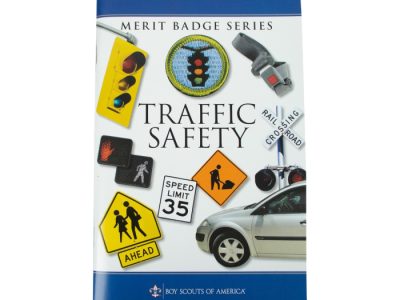Embark on an unforgettable backpacking adventure with the Backpacking Merit Badge Gear List. Whether you’re a seasoned hiker or a novice explorer, this meticulously curated list will ensure you have the essential gear for a safe and enjoyable wilderness experience.
From tents and sleeping bags to first aid kits and navigation tools, this guide covers every aspect of backpacking gear. Discover the importance of choosing the right clothing and footwear, planning your food and water supply, and minimizing pack weight for optimal comfort.
Backpacking Essentials
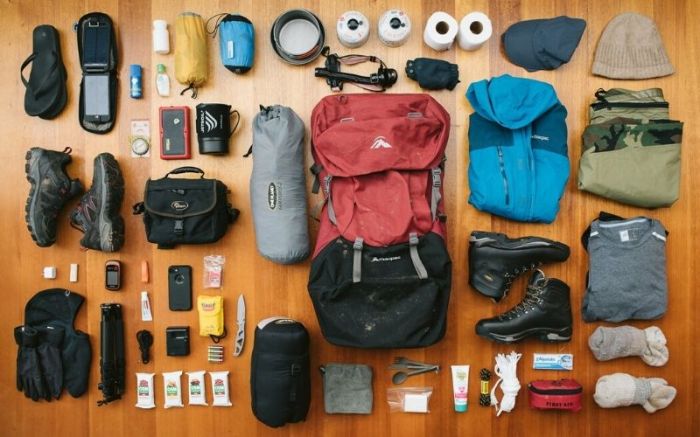
Backpacking is an adventurous activity that necessitates careful preparation and proper gear selection. Essential items for a backpacking trip include:
A reliable backpack, spacious enough to accommodate all necessary gear and supplies, is paramount. It should be comfortable to carry and fit snugly without causing discomfort.
Tent
A tent provides shelter from the elements and ensures a comfortable night’s rest. Choose a tent that is suitable for the expected weather conditions and terrain. Consider factors such as size, weight, and ease of setup.
Sleeping Bag, Backpacking merit badge gear list
A sleeping bag provides warmth and insulation during cold nights. Select a bag rated for the anticipated temperatures and consider its weight and packability.
Sleeping Pad
A sleeping pad provides insulation from the cold ground and adds comfort to the sleeping arrangement. Choose a pad that is lightweight, durable, and provides adequate cushioning.
Cooking Equipment
Cooking equipment allows for the preparation of meals during the trip. This may include a stove, fuel, pots, utensils, and a water container. Choose lightweight and compact options that are easy to use and clean.
Water Filtration System
Access to clean drinking water is crucial for a backpacking trip. Carry a water filtration system to purify water from natural sources.
First Aid Kit
A first aid kit is essential for treating minor injuries and ailments that may occur during the trip. Include basic items such as bandages, antiseptic wipes, pain relievers, and any necessary medications.
Navigation Tools
A map, compass, and GPS device are essential for navigation and finding the way in unfamiliar terrain. Ensure proficiency in using these tools before embarking on the trip.
Headlamp
A headlamp provides illumination during nighttime activities such as setting up camp or hiking in the dark. Choose a headlamp with sufficient brightness and a comfortable fit.
Rain Gear
Rain gear, including a waterproof jacket and pants, is crucial for protection against rain and moisture. Choose breathable and lightweight materials that provide adequate coverage.
Clothing and Footwear
Choosing appropriate clothing and footwear is crucial for a successful backpacking trip. The right gear can ensure comfort, safety, and efficiency in varying conditions.
Consider the following factors when selecting clothing and footwear:
Weather Conditions
- Anticipate the expected weather and pack accordingly.
- Include layers for warmth, rain protection, and breathability.
- Avoid cotton, as it absorbs moisture and dries slowly.
Terrain
- Choose footwear with appropriate traction and support for the terrain.
- Consider the distance and elevation gain to determine clothing breathability and warmth.
- Pack sturdy and comfortable clothing for rugged terrain.
Layering System
- Use a layering system to adjust to changing temperatures.
- Start with a moisture-wicking base layer, add an insulating mid-layer, and top with a weather-resistant outer layer.
- Layer clothing to trap warm air and provide insulation.
Moisture Management
- Choose moisture-wicking fabrics that draw sweat away from the skin.
- Avoid overdressing, as this can lead to sweating and discomfort.
- Pack extra clothing for emergencies or unexpected weather changes.
Comfort and Fit
- Wear comfortable, well-fitting clothing that allows for movement.
- Break in new footwear before your trip to avoid blisters.
- Consider the weight and packability of your clothing and footwear.
Food and Hydration
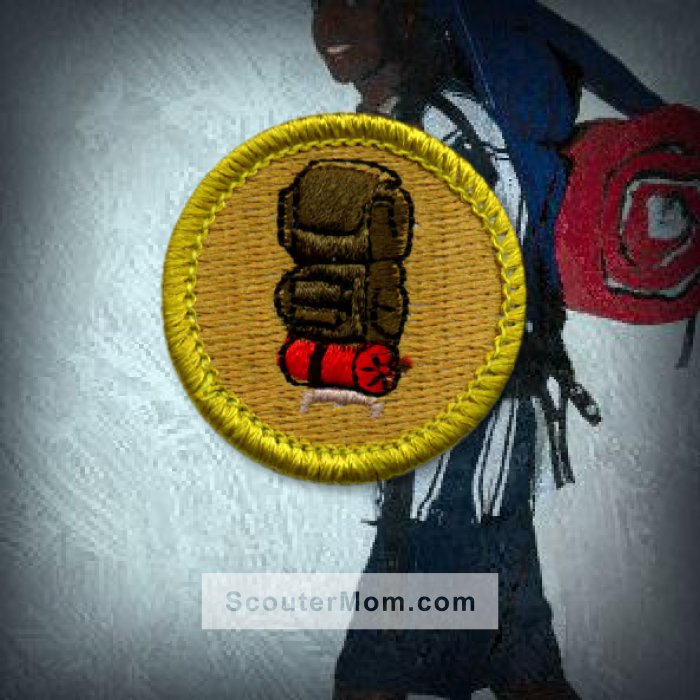
Backpacking requires careful planning and packing of food and water to ensure adequate sustenance and hydration during the journey. Understanding the principles of calorie requirements, food storage and preparation, water sources and treatment, and dehydration prevention is crucial for a successful and enjoyable backpacking experience.
Calorie Requirements
Calorie requirements vary depending on factors such as the length of the trip, terrain, and individual metabolism. As a general rule, backpackers should aim for around 3,000-4,500 calories per day. This energy intake supports physical exertion, prevents fatigue, and maintains body functions.
Food Storage and Preparation
Proper food storage is essential to prevent spoilage and maintain nutritional value. Pack food in airtight containers or resealable bags to protect it from moisture, insects, and animals. Consider the storage conditions and shelf life of different foods. For meals that require preparation, pack lightweight and easy-to-cook options such as dehydrated meals, instant soups, or trail mix.
Water Sources and Treatment
Identifying reliable water sources is vital for hydration. Natural water sources like rivers, streams, and lakes may contain impurities. It’s recommended to treat water using methods such as boiling, filtering, or using chemical purification tablets. Carry sufficient water to meet your daily hydration needs, especially in hot or dry conditions.
Dehydration Prevention
Dehydration can significantly impair performance and well-being. Symptoms include fatigue, headache, and muscle cramps. Prevent dehydration by drinking plenty of fluids throughout the day, even when not feeling thirsty. Electrolyte-rich beverages like sports drinks can help replenish lost minerals and electrolytes.
Monitor your urine color; pale yellow indicates adequate hydration, while dark yellow indicates dehydration.
Safety and Emergency Preparedness
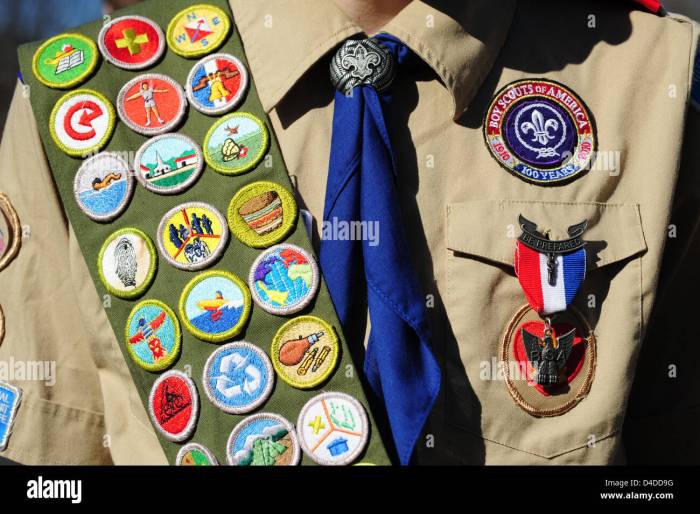
Backpacking involves navigating remote and potentially hazardous environments, making safety and emergency preparedness crucial.
Leave-No-Trace Principles
Leave-no-trace principles guide responsible backpacking practices, minimizing impact on the environment. These include packing out all trash, respecting wildlife, and avoiding damage to plants and terrain.
Wildlife Encounters
Understanding wildlife behavior is essential. Observe animals from a distance, make noise while hiking to avoid startling them, and store food properly to prevent attracting wildlife.
Navigation Skills
Map reading, compass use, and GPS knowledge are essential for safe navigation. Always carry a map and compass, and know how to use them. Stay on designated trails and avoid getting lost.
First Aid Response
Basic first aid knowledge and a first aid kit are vital for treating minor injuries and emergencies. Learn basic first aid techniques and carry essential supplies like bandages, antiseptic, and pain relievers.
Emergency Shelter and Supplies
Carry an emergency shelter, such as a tent or tarp, for protection from weather or unexpected events. Also pack a whistle, fire starter, and water purification tablets for emergencies.
Weight Considerations: Backpacking Merit Badge Gear List
Minimizing pack weight is crucial for backpacking, as it enhances comfort, safety, and overall enjoyment. A lighter pack reduces strain on the body, minimizes fatigue, and allows for greater distance coverage.
Weight Distribution
Proper weight distribution is essential for maintaining balance and reducing discomfort. Distribute weight evenly between the hips and shoulders. Use a backpack with a padded hip belt and adjustable shoulder straps to ensure a snug and supportive fit.
Essential vs. Non-Essential Items
Carefully consider each item you pack. Identify essential items (e.g., shelter, sleeping bag, first-aid kit) and eliminate non-essential items (e.g., extra clothing, bulky toiletries). Prioritize functionality and versatility when selecting gear.
Lightweight Alternatives
Look for lightweight alternatives to traditional gear. Consider using a lightweight tent, sleeping pad, and backpack. Choose clothing made from moisture-wicking, breathable fabrics. Invest in lightweight cooking utensils and food.
Packing Techniques
Maximize space and minimize weight by employing efficient packing techniques. Use compression sacks to reduce the volume of bulky items. Roll clothing instead of folding it to save space. Pack heavy items near the center of the pack and close to your back for better balance.
Organization and Accessibility

Organization and accessibility are crucial for a seamless backpacking experience. Keeping gear organized allows for efficient packing, quick retrieval, and protection from damage.
One strategy is compartmentalization, using different bags or compartments for specific items. This helps segregate gear by type or usage, making it easier to locate what you need.
Packing Cubes
Packing cubes are small, zippered bags that compress clothing and keep it organized within a backpack. They can be labeled or color-coded for easy identification.
External Pockets
External pockets on backpacks provide quick access to frequently used items such as water bottles, snacks, or a map. These pockets should be easily accessible while hiking without removing the backpack.
Quick-Access Items
Essential items that need to be readily available, such as a first-aid kit, flashlight, or rain gear, should be stored in easily accessible pockets or compartments.
Customization and Personalization
Optimizing a backpacking gear list is crucial to ensure a safe, enjoyable, and efficient wilderness experience. Customization plays a significant role in tailoring the list to meet individual needs and preferences, maximizing comfort and effectiveness on the trail.
Factors influencing customization include physical fitness, skill level, trip duration and location, and personal preferences. By considering these aspects, backpackers can refine their gear list to match their specific requirements.
Physical Fitness
- Fitness levels impact the weight backpackers can comfortably carry. Individuals with higher fitness levels may opt for a lighter base weight, while those with lower fitness levels may need to prioritize comfort over weight reduction.
- Endurance also plays a role. Longer trips require greater endurance, necessitating a well-fitting pack and supportive gear.
Skill Level
- Experienced backpackers may be comfortable with a minimalist approach, carrying only essential gear. Beginners, however, may benefit from bringing additional items for safety and comfort.
- Technical skills, such as backcountry navigation or wilderness first aid, may influence the type of gear required.
Trip Duration and Location
- Trip duration affects the amount of food, water, and other supplies needed. Longer trips require more gear, while shorter trips allow for a lighter pack.
- Location also influences gear choices. Backpacking in cold or wet environments requires specialized clothing and equipment.
Personal Preferences
- Personal preferences play a significant role in customizing a gear list. Some backpackers prioritize comfort, while others focus on weight reduction.
- Dietary restrictions, sleep preferences, and individual comfort levels all influence gear choices.
Technology and Communication
Technology has revolutionized backpacking, making it easier to navigate, communicate, and stay safe in the wilderness. Here’s an overview of the essential tech gear for backpackers:
Navigation Apps
Smartphone apps like AllTrails and Gaia GPS provide detailed maps, GPS tracking, and offline navigation capabilities. These apps can help backpackers stay on course, explore new trails, and find points of interest.
Communication Devices
Two-way radios and satellite communicators are essential for staying in touch with others and accessing emergency services. Two-way radios provide short-range communication, while satellite communicators allow backpackers to send and receive messages from anywhere in the world.
Emergency Beacons
Personal locator beacons (PLBs) and satellite messengers can send distress signals to emergency responders in case of an emergency. These devices provide peace of mind and can significantly reduce response times in life-threatening situations.
Power Sources
Portable chargers and solar panels are essential for keeping electronic devices powered. Backpackers should carry enough power to last for the duration of their trip, ensuring they can stay connected and access essential apps.
Final Review
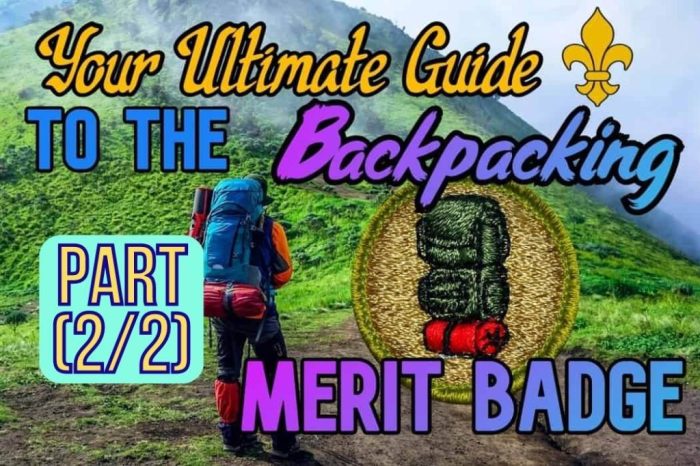
Remember, customization is key. Tailor your gear list to your individual needs, considering your fitness level, skill set, trip duration, and personal preferences. By following these guidelines, you’ll be well-equipped to conquer any backpacking trail with confidence.
FAQ Summary
What are the essential items for backpacking?
Backpack, tent, sleeping bag, sleeping pad, cooking equipment, water filtration system, first aid kit, navigation tools, headlamp, and rain gear.
How do I choose the right clothing for backpacking?
Consider weather conditions, terrain, and layering options. Choose moisture-wicking fabrics for comfort and breathability.
How much food and water should I pack?
Estimate calorie requirements based on activity level. Pack non-perishable food and purify water sources along the trail.


